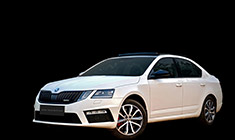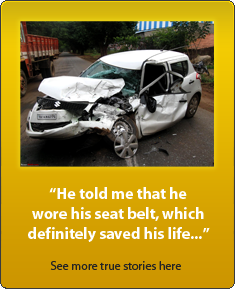News
Rear seat passengers face a higher risk of injury, says IIHS
As per IIHS's recent study, only 4 out of 13 midsize SUVs managed to pass their crash-testing protocol for rear-seat passengers.
As per the Insurance Institute for Highway Safety (IIHS), rear-seat passengers are at a higher risk of injury during an accident, compared to the front driver and passengers. This isn't because the rear seat is getting dangerous, but due to the fact that the safety advancements happening at the front aren't extending to the seats in the back.
As per IIHS's recent study, only 4 out of 13 midsize SUVs managed to pass their crash-testing protocol for rear-seat passengers. This included the Ford Explorer, Ford Mustang Mach-E, Subaru Ascent and Tesla Model Y. Among the other midsize crossovers in the list, the Chevrolet Traverse, Toyota Highlander & Volkswagen Atlas received "marginal" results, while the Honda Pilot, Hyundai Palisade, Jeep Grand Cherokee, Jeep Wrangler 4-door, Mazda CX-9 & Nissan Murano got "poor" ratings.
Reports stated:
“All these vehicles provide excellent protection for the driver,” IIHS President David Harkey said. “But only a handful extend that level of safety to the back seat.”
The risk of fatal injury is 46 per cent higher for belted occupants in the rear seat in vehicles model year 2007 and beyond simply because restraint technologies have improved in the front seat only, a release said. IIHS updated its test after seeing back seat safety improvements trail behind those for front-seat occupants.
The back seat isn’t getting more dangerous, but rather safety advancements haven’t kept up with front-seat advances, Arbelaez said.
The new test uses a dummy that represents a small woman or 12-year-old to focus on avoiding injuries typically seen in back seat occupants.
To earn a good rating, sensors must not indicate excessive risk of head, neck, chest, abdomen or thigh injury. Video footage and grease paint on the dummy’s head are used to showcase that restraints prevent the head from hitting the interior or the front seat. Restraints must also prevent the body from sliding underneath the lap seat belt. Pressure sensors monitor the belt on the dummy’s torso to gauge chest injury risk.
Source: Automotive News
- Tags:
- Indian
- Other
- Seatbelt
- International






.jpg)











